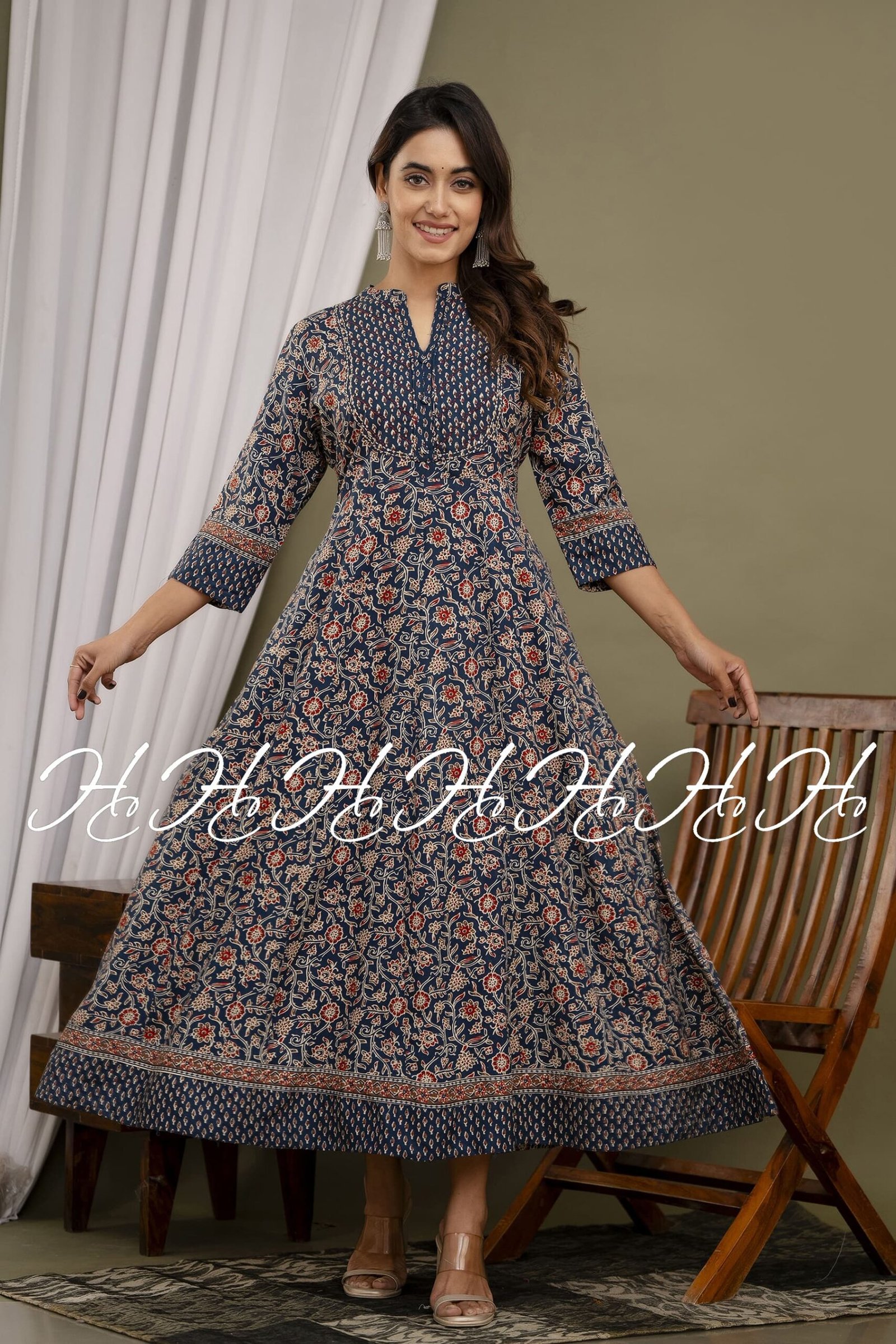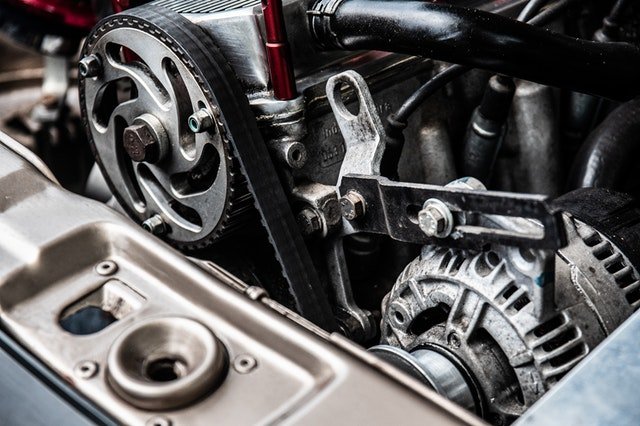
What is the process followed by Kurti manufacturers from design to delivery?
The Indian fashion industry thrives on creativity, craftsmanship, and evolving trends — and among all ethnic wear, the kurti holds a timeless place in every woman’s wardrobe. Whether you’re a retailer, wholesaler, or customer searching online for kurti manufacturers near me, understanding the process behind creating these beautiful garments can help you appreciate the art and effort that goes into each piece. From design to delivery, kurti manufacturers in India follow a well-structured process that ensures both quality and efficiency. Let’s explore each step in detail.
1. Trend Research and Concept Creation
Every great kurti starts with an idea. The design process begins with trend research — analyzing market demands, color forecasts, fabric preferences, and seasonal trends. Many kurti manufacturers in India keep a close eye on fashion exhibitions, social media trends, and customer feedback to identify what’s popular.
Designers then create mood boards or concept sketches that represent the overall look of the collection — whether it’s casual cotton kurtis, festive embroidered designs, or contemporary fusion wear. This phase helps manufacturers decide the target audience and style direction before moving ahead.
2. Fabric Selection and Sourcing
The fabric forms the foundation of a kurti’s quality, comfort, and appeal. Once the design concept is ready, manufacturers focus on selecting the right fabric. Cotton, rayon, silk, georgette, crepe, and linen are popular choices depending on the season and style.
Kurti manufacturers near me often source fabrics from trusted textile markets or mills in India — such as Surat, Jaipur, and Tirupur — known for their superior quality and variety. Before production, the fabrics undergo testing for shrinkage, colorfastness, and texture to ensure consistency in the final product.
3. Design Development and Sampling
After finalizing fabrics, the design development phase begins. Skilled designers use CAD (Computer-Aided Design) software or manual sketching to visualize the final kurti. They experiment with colors, patterns, embroidery, prints, and silhouettes.
Next comes sampling, where one or two prototype pieces are made. This step is crucial because it helps identify design flaws, fitting issues, or finishing errors. Once the sample passes internal quality checks and client approval, it moves to the next stage — bulk production.
4. Pattern Making and Grading
Pattern making translates design sketches into templates used to cut fabric pieces. Expert pattern makers create paper or digital patterns that define every part of the kurti — from neckline and sleeves to hemline and panels.
Grading follows pattern making. It involves creating patterns in multiple sizes (S, M, L, XL, etc.) so that the design can cater to different body types. Many kurti manufacturers in India use digital tools for grading to ensure accuracy and uniformity in mass production.
5. Cutting and Stitching
Once the patterns are finalized, the fabric cutting process begins. The fabric is layered and cut precisely according to the patterns. Skilled cutters ensure minimal wastage and maintain uniformity in every piece.
Stitching is the next vital step. Expert tailors and machine operators sew the cut pieces together using industrial machines. The stitching style depends on the kurti type — straight, A-line, flared, or asymmetric. During this process, attention is given to seam strength, alignment, and finishing details like hooks, buttons, and piping.
6. Embroidery and Printing
Embroidery and printing add beauty and uniqueness to every kurti. Depending on the design, kurti manufacturers near me may incorporate machine embroidery, hand embroidery, block printing, screen printing, or digital printing.
Popular motifs include floral designs, paisleys, geometric patterns, and ethnic prints inspired by Indian culture. Skilled artisans bring each piece to life with intricate threadwork, zari, mirror work, or bead embellishments — making every kurti stand out.
7. Quality Control and Finishing
Quality assurance is one of the most critical stages in the kurti manufacturing process. Every piece undergoes rigorous inspection for stitching quality, color consistency, embroidery neatness, and size accuracy.
Once approved, the kurtis go through finishing touches such as ironing, trimming loose threads, adding labels, and packaging. Manufacturers ensure that each garment meets both aesthetic and functional standards before it’s ready for delivery.
8. Packaging and Branding
Packaging plays a key role in creating the right first impression. Kurti manufacturers in India invest in high-quality packaging materials — branded tags, polybags, and boxes — that protect the garments during transport and reflect the brand’s identity.
At this stage, the kurtis are sorted according to style, size, and color combinations. For export or wholesale orders, they are packed in bulk cartons and labeled for easy distribution.
9. Distribution and Delivery
Once packed, the finished products are dispatched to retailers, wholesalers, or directly to customers through logistics partners. Many kurti manufacturers near me have adopted e-commerce and online marketplaces to expand their reach beyond local stores.
With the rise of online platforms and B2B portals, manufacturers can now deliver across India and internationally. Some also offer private-label services, where they manufacture kurtis for fashion brands under custom labels and packaging.
10. Customer Feedback and Continuous Improvement
The journey doesn’t end with delivery. Successful kurti manufacturers in India prioritize post-delivery customer feedback to improve future designs and production. They analyze sales data, return rates, and reviews to refine their processes and stay ahead of market trends.
This continuous improvement cycle ensures that every new collection is better than the last — more comfortable, stylish, and aligned with customer preferences.
Conclusion
From trend research and fabric selection to embroidery and final delivery, the process followed by kurti manufacturers in India is a blend of creativity, skill, and technology. Each stage — design, sampling, stitching, and quality control — contributes to the creation of elegant, durable, and fashionable kurtis that women love to wear.










